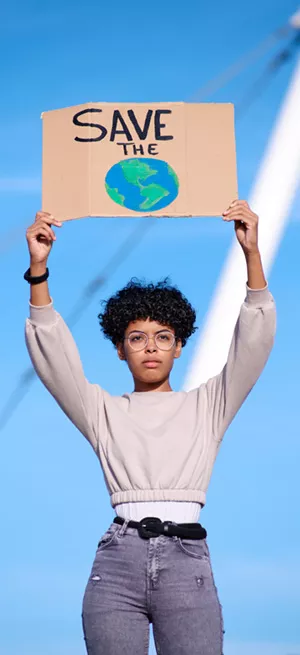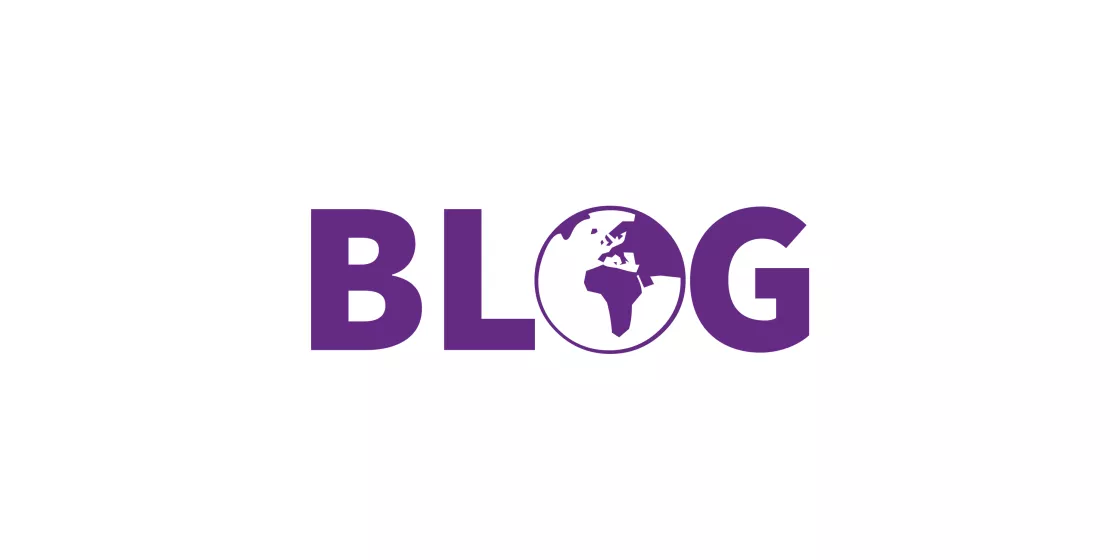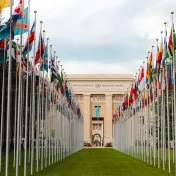Water and climate change top the list of Global Risks according to the World Economic Forum and water is integral to all 17 UN-Sustainable Development Goals.
“Climate change is a reality. We’re facing a real total disaster in Cape Town which is going to affect 4 million people.”
Cyril Ramaphosa (President of the Republic of South Africa)
The Cape Town Water Crisis
The collapse [1] of Hartebeestpoort Dam, the running dry of the Vaal River and the Cape Town Water Crisis represent a new world order for South Africa. Where and how people live, the places where they work and the holidays they may enjoy have changed forever. The new world order is playing out dramatically in Cape Town, and increasingly in many other towns throughout South Africa. Unless we learn to manage our water resources very differently, and much more efficiently, South Africa has little hope of re-building an already challenged economy. After all, there are no jobs without a healthy water supply. Simply put, healthy rivers mean healthy people and healthy people can build a happy thriving nation.
There is much speculation about just when Cape Town’s Day Zero will arrive. Day Zero is the day when the water supply system to the city runs dry. Already complex and expensive plans are in place to get water to citizens once Day Zero arrives. For many others the hope is that the rains will come first or that alternative measures such as desalination or bore-holes will carry the system through. A recent, off-the-record observation, from one of the experts working on the crisis is that Day Zero will be averted but there is much confusion as to who should make such an announcement! Should it be National Government, who is responsible for bulk water supply, or the Province or indeed the City of Cape Town itself? Here politics play a very significant role since the City of Cape Town is currently managed by the Democratic Alliance (DA) which is in opposition to the national ANC led government. And, as has been noted, national government is responsible for bulk water supply through the Department of Water and Sanitation (DWS). Either way, how we interact and view water in this country will never be the same again, and, in reality this provides a wonderful but daunting opportunity to “re-view”, “re-imagine” and “re-engineer” how we see and use this critical resource.
Taking up the challenge
Organisations like WESSA are well placed to respond to these new challenges. For many years the WESSA capacity building programmes have addressed water quantity, quality and access. The Ecological Infrastructure and Sustainability (EIS) programme is addressing the long term effects of drought and is currently rehabilitating catchments so that they can produce more and cleaner water. The Work-Skills capacity building programme addresses the very risks the nation faces and builds the necessary capacity to overcome such risks.
The pioneering ‘Sustainability Commons’ concept is a further example where sustainable living is practiced. Here technologies such as rain-water harvesting and first-flow excluders (to help ensure the water is clean) have been installed and developed in key sites of influence in six southern African countries. Such approaches to water management are now popular in Cape Town.
Non-government organisations also achieve a competitive advantage through volunteer members who are able to complement the work of professional (paid) staff. In this regard, the article below “Ten good things about the Cape Town drought” was developed and published by the WESSA Western Cape membership. They are, after all, at the epi-centre of the crisis.
Ten good things about Cape Town’s Drought
With much going on around “who’s to blame” for the current water crisis, conflicting scenarios of Day Zero and its predicted date, life in Cape Town (and arguably the rest of South Africa) will never be the same again. What good can come from this period of drought, now officially the worst on record?
- The links between our water supply and human well-being have never been clearer. When life support systems, like water, become scarce people need to learn to live within the constraints and learn to live more sustainably.
- Certainly public awareness of the reality of climate change impacts has been brought home to many. Climate change predictions that the western half of South Africa would get drier have been consistent for many years now. The “new normal” concept can’t be limited to water only. We need to learn to live with higher incidences of fires, increasing migration, health risks, economic fluctuations and increasingly uncertain security risks. These are all part of the picture. Clearly a holistic response is required.
- The world takes note with apprehensive interest. Remarkable is that even at Davos, the well-watered Swiss meeting site of the World Economic Forum where talk is usually about economics, a different reality is being spoken about. Indian Prime Minister Narendra Modi started the week by telling the 2500 strong audience that climate change is the greatest threat to civilization. He was followed soon afterwards by Cyril Ramaphosa who added that “Climate change is a reality. We’re facing a real total disaster in Cape Town which is going to affect 4 million people.” Meanwhile other water-stressed cities like Los Angeles, São Paulo and Singapore consider who will be next. The 17 SDGs (Sustainable Development Goals) which South Africa signed up for in 2015 come into sharp perspective.
- Realising that leaders at a global, national and local level can only do so much, communities have started working co-operatively and innovatively together. There are domestic street and faith-based responses, work-place plans and frail-support initiatives. As people work together, mesh talents and grow trust, more dots are joined, giving issues of sustainability and cooperative solutions new meaning. Education for Sustainable Development (ESD) is coming to the fore as never before.
- There has been a rapid water literacy and numeracy upgrade across society. People are interested and it is important to know that 25 litres of water weighs 25 kg, or where it goes if you have to flush it, what a catchment is, and what happens in it. Indeed the drought has fore grounded the very long standing, but politically constrained topic of the need to move away from water-borne sewerage. Sufficient water meant that the more affluent could afford this luxury. Scarcity means we all need to make a good, appropriate, technically sound plan that could and should see the saving of at least 30 million litres of water per day. Add to this modifications in all the other waste water pursuits and the savings become enormous. A few years back, controversial water academic and activist, Anthony Turton, said South Africa does not have the dilution capacity for all its pollution. That’s even truer today. By addressing the problem as Plan A, we start mitigating the degradation of rivers, wetlands, estuaries and oceans too.
- Government’s ability, at all levels, to plan realistically and to respond to emergency situations appropriately is being tested and subjected to scrutiny. Not satisfied with glib answers or spin-doctoring, the public is interrogating the reasoning and planning in a way that demonstrates deeper understanding of and engagement with issues. Can you really flush with seawater? Are 200 water points, supplying water, sufficient for 3 million people? Is saltwater intrusion into our groundwater likely? These are the sorts of questions being posed to politicians and officials who are also, happily, being swept along on a steep learning curve. Notable in this work is how ESD is increasingly being seen as a co-engaged process of meaning-making and deepening understanding rather than the acquisition of information or communicated facts (Leicht, Heiss and Byun, 2018 pp111-132[2]).
- All the practical responses to the drought like organising a rain tank, bending the ball-valve arm down in your toilet cistern to reduce the flush volume or fitting aerators to tap nozzles have been a big boost for self-sufficiency. These forms of resilience thinking are pollinating across other areas of life including energy, waste reduction, transport efficiency and food security. The consequent empowerment that goes with positive feedback from such efforts means a trend towards less externalization of our needs and responsibilities, and a greater sense of pride in local problem solving.
- The drought is a timely reminder of the absolute need to decouple growth from resource exploitation and environmental degradation. People’s ability to halve their water consumption in a year shows what is possible. Cape Town’s fossil-fuel based energy footprint is still way too high. Can that also be dramatically reduced now? Could the plastic waste stream from single-use packaging become a trickle? Is it feasible to so increase marine protected areas and compliance and change consumer behaviour so effectively that we pull back from Day Zero on the fishing front too?
- This kind of circular thinking has also put the spotlight on the essential need for waste water recycling. Cape Town will be joining other major cities in making this part of the “new normal”. The benefits are significant: less effluent to the sea, less pollution into rivers, greater water security, tighter control on commercial and industrial outflows, more training and jobs for water technicians and developing understanding of groundwater recharge implications.
- Queues at natural springs and seeps around the city testify to, the possibly unspoken, appreciation of ecosystem services from wetlands, rivers, the ocean, springs and aquifers and the need to protect these from pollution and overuse. You can take a wash in the sea, relax in the shade of riverine vegetation and strip nutrients from your grey water with the help of a home-planted wetland. Kikuyu grass is giving way to hardy indigenous plants and local hack groups are removing black wattle at Port Jackson. To many they are being seen as water heroes!
Before we get carried away with the idea of the drought being the best thing ever we must note the massive increase in the sales of bottled water and the filling of pools by commercial companies. It is estimated that 25 litres of water is used just to make one small plastic bottle! The longer term pollution from discarded bottles and other plastic packaging is increasing the risks to plants, animals and people. We simply cannot continue to pollute our Earth the way we are currently doing. What is needed, in short, is people caring for the Earth. Or rather, what we really need, is people who can set a more sustainable example and teach others to care for the Earth!
Water: The life-blood of humanity
GroundTruth, an environmental consultancy based in Hilton, KwaZulu-Natal and WESSA are lead organisations in the developing field of citizen science, particularly within the water sector, and have developed the award winning Stream Assessment Scoring System (miniSASS) tool and support resources. This work is crucial in a world where concerted efforts at attitude change and behaviour modification are proving virtually hopeless, while citizen science is emerging as a ‘game-changer’. This is not surprising since peoples’ innate curiosity to find out and do things better is much more powerful than their desire to receive other peoples’ opinion as to how they should act and behave. Citizen science is thus not only about participation and co-engagement, it develops peoples’ dignity, self-worth and mutual respect as they pursue the shifting directions and responses that are necessary to ensure resilient water management. WESSA’s pioneering Leadership Seminars with local Councillors, iziNduna, Municipal and Business Leaders, CoGTA, SALGA, have illustrated how local political leaders have started to engage and understand the issues of water resources and water quality conditions within their local catchments. Most importantly many are adopting progressive actions, at a local level, to manage their water resources more sustainably. Water is, after all, the life-blood of humanity.
[1] The collapse referred to pertains to the water quality of the dam which is now highly eutrophic. This means that the water can no longer be used by humans. Indeed, the water quality is so poor, due to nutrient loading and massive amounts of algal growth, that water treatment is prohibitively expensive. Water for Gauteng is now largely sourced from Lesotho via an inter-basin transfer scheme.
[2] Leicht, A., Heiss, J. and Byun, W. (eds) (2018) Issues and trends in Education for Sustainable Development. UNESCO, Paris.
This blog post was published in a shorter version in the WEITBLICK in German.





